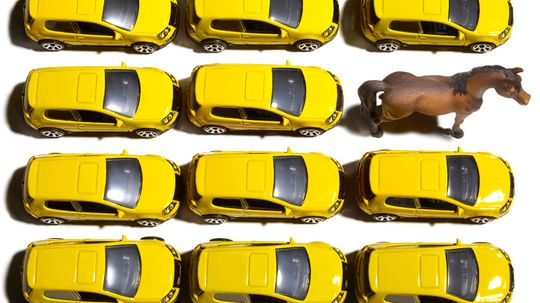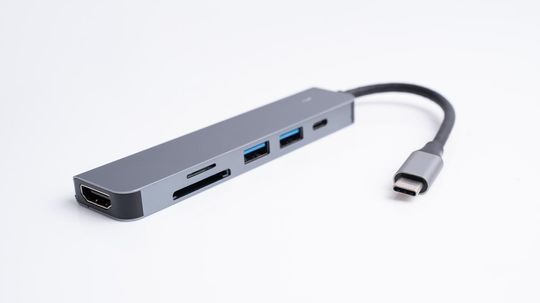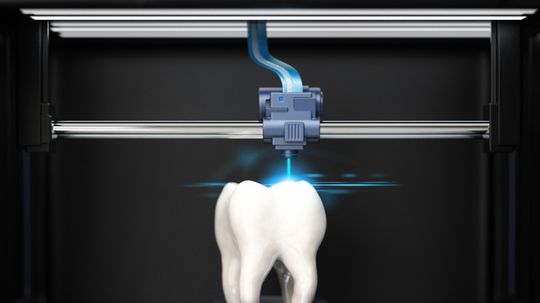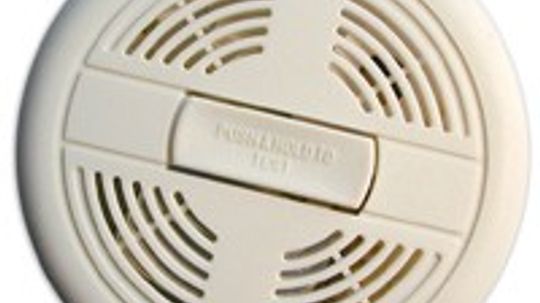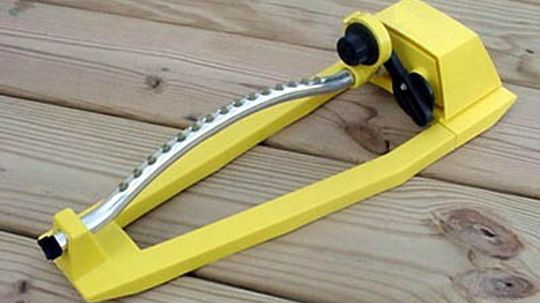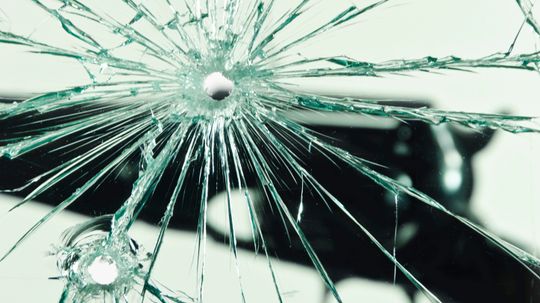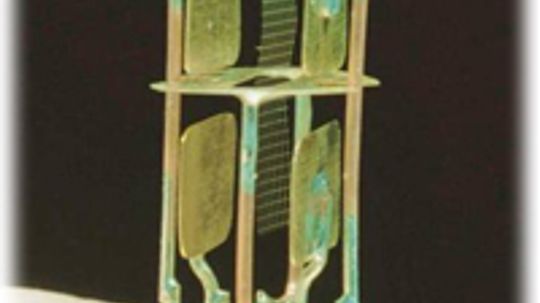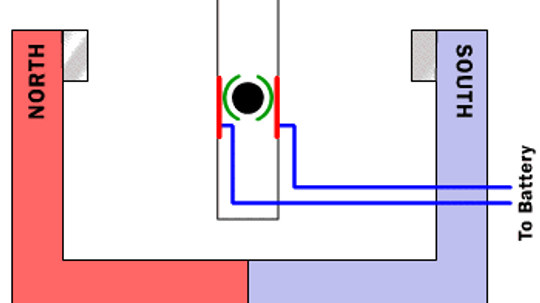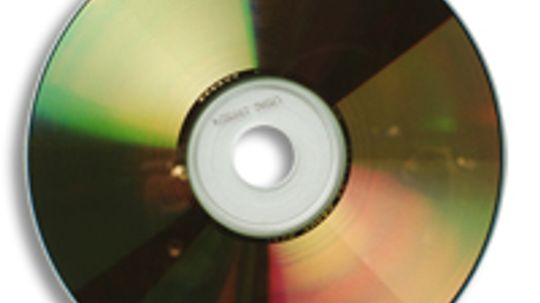Marshall Brain is the founder of HowStuffWorks. He started the site as a hobby in 1998. He also hosted the show "Factory Floor with Marshall Brain," which appeared on the National Geographic channel. He holds a bachelor's degree in electrical engineering from Rensselaer Polytechnic Institute and a master's degree in computer science from North Carolina State University. Before founding HowStuffWorks, Marshall taught in the computer science department at NCSU and ran a software training and consulting company. Learn more about him at his site.
Recent Contributions
Telephones are one of the greatest technological advances of our time. Do you know how your call gets to its destination? Learn all about how the telephone works in this article.
By Marshall Brain & Yara Simón
AI chess programs calculate their game plan based on formulas - algorithms that determine whether a position is "good" or "bad." But how do they really work?
Surprisingly enough, horsepower actually does refer to the power of horses. But over the years it's become a valuable measurement for all kinds of machinery. Learn how horsepower is calculated and what it means to the automobile industry.
Advertisement
You can find Universal Serial Bus connectors on just about every PC made today. But when it was introduced, USB was leaps and bounds ahead of the technologies it replaced. What makes this standard so useful?
Stereolithography -- also known as 3D printing -- is an amazing technology that allows you to build 3D plastic prototypes almost as easily as you print something on a sheet of paper!
As the saying goes, "Where there's smoke, there's fire." Smoke detectors are amazing: They're pretty inexpensive, but they save thousands of lives each year. Learn all about nuclear and light-sensing smoke detectors.
Nearly every desktop computer requires a hard drive for data storage, but what is a hard drive, exactly? Your hard disk drive holds all of the information available on your computer. Take a look inside this incredibly precise storage mechanism!
Advertisement
Every year, there comes a time to pull out the oscillating sprinklers. Ever wonder just what makes an oscillating sprinkler oscillate? Find out!
It's safe to assume there won't be a moon colony any time soon. But it's still a tantalizing thought. But wouldn't it be cool to be able to live, vacation and work on the moon?
Crunchy crust, soft, spongy middle -- there's something about fresh-baked bread. Have you ever thought about bread as a technology? Learn about the biochemical reactions that make bread taste so good!
Domed cities would provide the same temperature year-round, no rain or snow, and the ability to go outside without worrying about a sunburn. Have they been tried before, and what about the people who enjoy their seasons?
Advertisement
A radial engine has a unique setup that makes it ideal for certain applications. Find out what makes radial engines different, how they operate and where they're used.
The basic idea behind any wiki is very simple: It's a collection of articles that multiple users can add to and edit freely on-line. Learn all about wikis and the communities that keep them alive.
If you wanted to build a Great Pyramid in today's market, you would need to take into consideration a lot of factors. How much labor would you need? What about materials? And how much would it cost you?
In movies, bad guys can take over an airplane and start shooting up the place. Wouldn't the plane explode or depressurize as soon as the bullet pierced its skin?
Advertisement
Ordinary bombs can take out surface facilities; but when the target is underground or otherwise embedded, the job requires a bomb with penetrating power. That's where bunker busters come in.
You may have heard the tale of a person who throws a penny from the Empire State Building and kills a pedestrian below. Does this story have any truth to it?
Because an Earth-like environment is created within a spacesuit, it allows you to walk around in space in relative safety. But outer space is an extremely hostile place and could kill you if you aren't protected.
When you type a URL into your web browser's address bar, the correct page appears as if by magic (provided you typed it correctly). Is it the work of sorcery? Nope! Domain name servers are handling all the data behind the scenes.
Advertisement
Oscillators show up in lots of electronic equipment. In fact, you might be surprised to know that computers, radios, metal detectors, and stun guns all use oscillators. Read on to learn how an oscillator works!
The brushless motor is more precise than a regular electric motor and it's also a great deal more efficient. Learn all about brushless motors and how the invention of transistors led to their development.
The advent of compact discs brought about digital storage and made pinpointing data a split-second task. But when were CDs invented, and how exactly do they work? Read on to get some answers!
Ever wonder how television works? The technology has been around long enough to seem ordinary, but the box that brings TV shows into your home is an amazing device. How is the picture formed? Where does the color come from? Let's find out!
Advertisement
For less than $100, you can get a pocket-sized gadget that will tell you exactly where you are on Earth at any moment. As long as you have a GPS receiver and a clear view of the sky, you'll never be lost again. Learn more!
By Marshall Brain & Tom Harris
The U.S. Pentagon says it is sending two Patriot missile batteries to Poland to help NATO add to its defense strategy against a possible Russian attack. How do Patriot missiles work?



